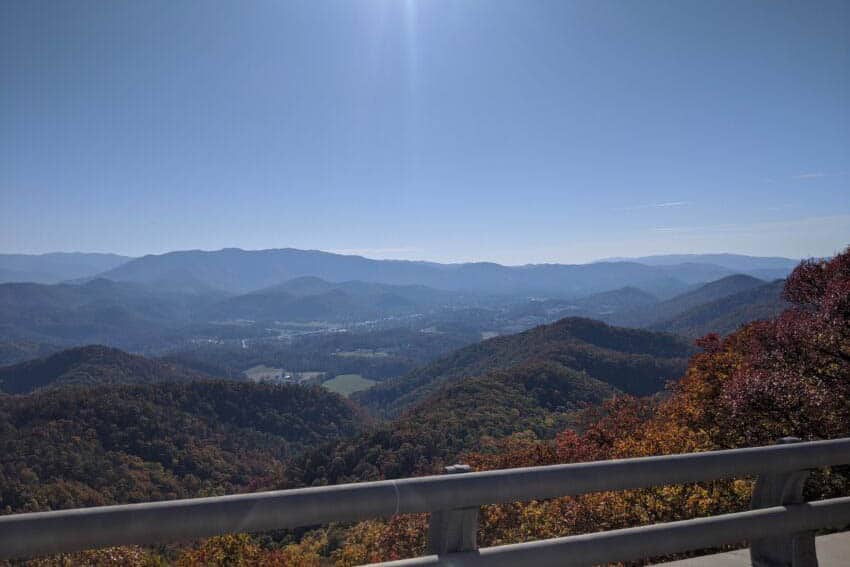
Exploring a French Bond of the Rodin Museum and other Buildings in Philadelphia
By Susmita Sengupta

Philadelphia, the largest city in Pennsylvania, is famous as the birthplace of American democracy, thus being inextricably linked to Great Britain.
Interestingly though, France and Paris influenced the architecture of this city greatly. The credit for this can go to Benjamin Franklin who went to Paris in 1776 as America’s first ambassador and then lived there for nine years.
He came back to his adopted city of Philadelphia with a French mode of thinking that in the years to come stamped a major French influence into the design of its buildings and its urban planning.
Paris on the Parkway
It was midday on a crisp, March morning when walking along the Benjamin Franklin Parkway in Philadelphia, I turned to my husband and said, “Doesn’t this remind you of Paris?”
The Benjamin Franklin Parkway was not in the original city plan by William Penn but was included at the behest of prominent Philadelphians who believed that the new city design should follow the City Beautiful movement based primarily on the Beaux-Arts aesthetic from France.
The grand avenue was designed and conceived in the late 19th and early 20th century by the French architect Paul Philippe Cret and the French landscape architect, Jacques Greber along the lines of the Champs Elysees of Paris.
Just like that iconic boulevard, the Franklin Parkway abounds in leafy greenery, fountains, monuments, and imposing buildings and is topped by the Philadelphia Museum of Art rising majestically on the horizon which is evocative of the placement of the Arc de Triomphe.
Along the way, admire one more Beaux-Arts jewel, the Free Library of Philadelphia, which emulates the French Louis XV classical style of architecture of building facades at Place de la Concorde in Paris.
The Rodin Museum in Philadelphia
Fittingly enough, we were on our way to see the Rodin Museum, one of the many museums and cultural institutions that line this avenue.
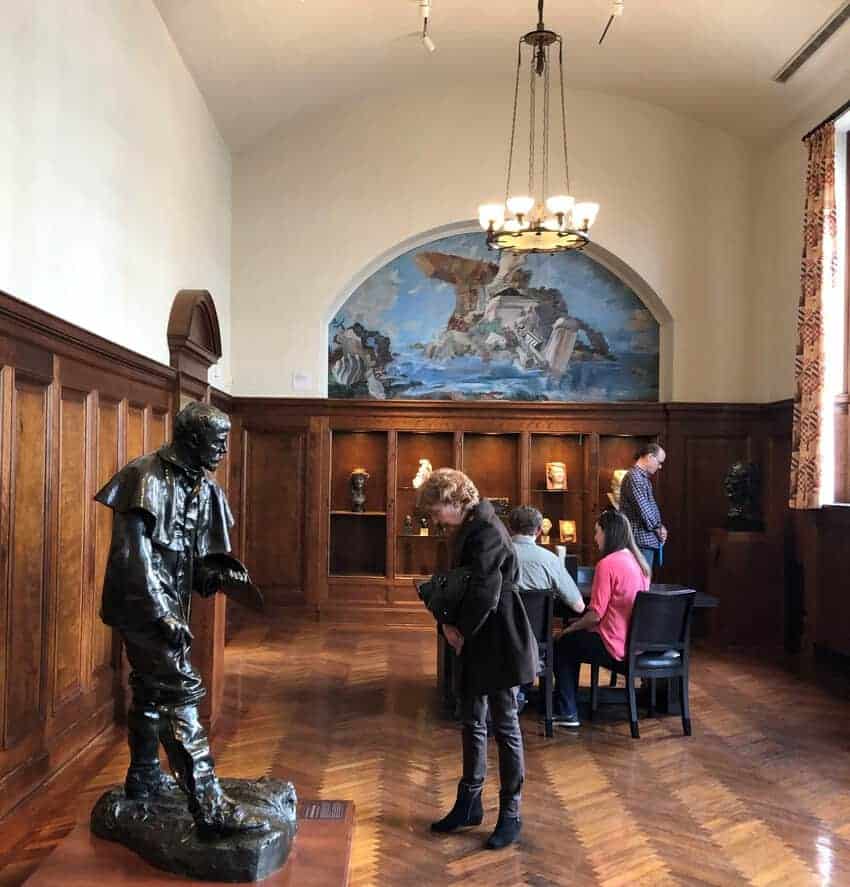
Although it is the Philadelphia Museum of Art with its gargantuan collection of art and artifacts that draw in millions of tourists, you will not regret if you carve out about an hour to visit the diminutive but equally impressive Rodin Museum.
The Rodin Museum has the largest collection of sculptures by Rodin outside of Paris. Francois AugusteRene Rodin (1840-1917), known frequently as Auguste Rodin is often looked upon as the world’s greatest sculptor and a pioneer of modern sculpture.
Born in Paris into a poor family, he learned drawing, modeling, and art at an early age but was refused admission three times at the prestigious Ecole des Beaux-Arts.
Faced with the rejection of his work again and again as the art world of Paris refused to value his differentiated work, he visited Brussels, Italy and a number of different French cities at the age of thirty-five which then laid the strong foundation for his sculptural brilliance.
The Gift of a Museum
Jules E. Mastbaum, a Philadelphia businessman, film exhibitor and philanthropist (1872-1926) visited Paris in 1924 and became an immediate admirer of Rodin’s works. Within two years he had gathered over two hundred Rodin sculptures in addition to marbles, plasters, and drawings.
Soon he wanted to share his love for Rodin with the general public of Philadelphia and went forward to acquire land with the express purpose of setting up a museum.
He commissioned Greber and Cret who came up with the beautiful Beaux-Arts building and its surrounding gardens that is reminiscent of Rodin’s house in Meudon, France.
Mastbaum was unlucky that he died suddenly before the start of the project and it was his wife Etta and his three daughters who gave fruition to his dream and the museum opened to the public in 1929.
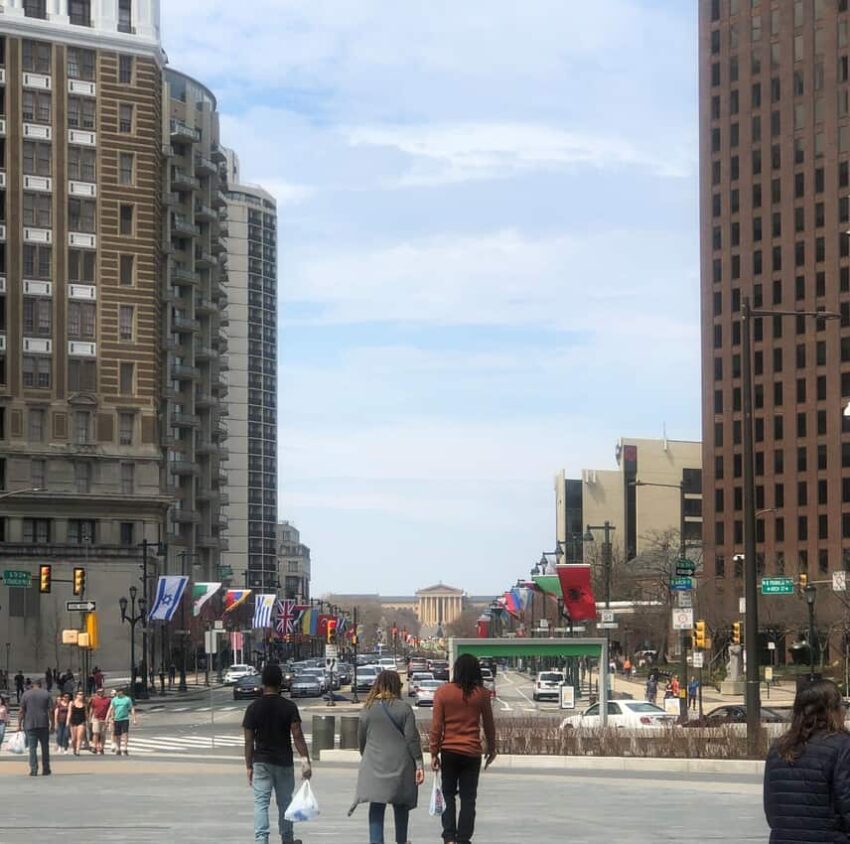
The Gardens and the Gate
The shady trees along Benjamin Franklin Parkway meshed seamlessly into the courtyard entrance of the museum and our first view was of a giant limestone gateway that I found out was known as the MeudonGate.
The original Meudon Gate at the Musee Rodin in Meudon is based on the entrance to the 18th century Chateau d’Issy which before its destruction in 1871 was located on the outskirts of Paris.
The garden façade of the chateau was purchased by Rodin and reconstructed at his Meudon property. Here the replica too exuded a true Parisian feel and right in front of it just like at the original museum was the cast of the iconic bronze sculpture, “The Thinker”, probably the most well-known among all Rodin sculptures.
The alcove arches in the gate were each bedecked with bronzes echoing the original once again and we were ready to step inside and get our fill of more of such seminal pieces.
Crossing the gate, we entered the landscaped French gardens of the inner courtyard that led to the museum entrance. We spent a few minutes in the garden enjoying the strategically placed sculptures but it being winter were unable to experience the full effect of what surely was a well-designed garden with a reflecting pool.
There are eight sculptures in the garden; some small like the intricately rough and sensual “Eve” placed in an arch on the facade and others massive and rhythmic like “The Burghers of Calais” and the triple pensive souls of “The Three Shades”.
The Gates of Hell
In 1880, Rodin was asked to design a pair of bronze doors for a new decorative museum in Paris. Thus was born “The Gates of Hell”, a colossal 20-foot-tall sculptural project that became a defining moment in Rodin’s career and on which he spent close to 37 years of his life. He worked on this piece until his death in 1917.
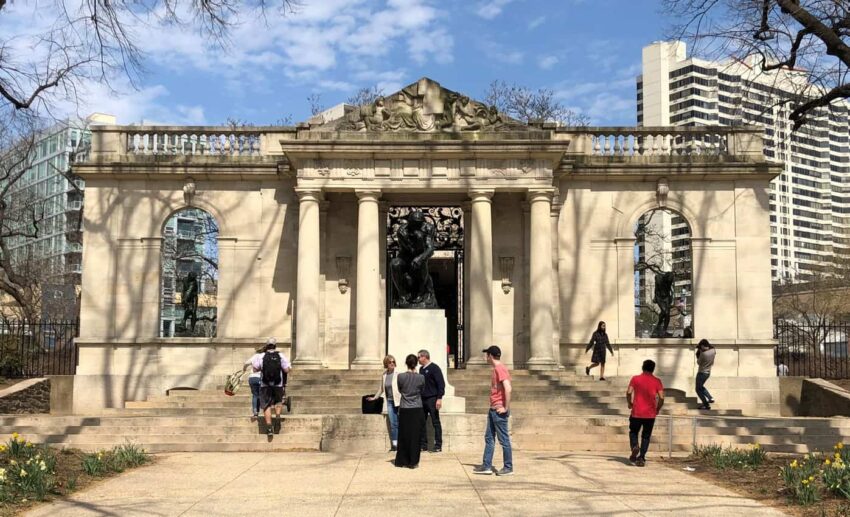
Inspired originally by Inferno, the first part of Dante’s epic poem, The Divine Comedy, the doors were meant to show the world of hell as described by the poet in his poem. Later on, Rodin discarded this idea and instead focused solely on universal human emotions. The museum was never built and the gates were never cast in bronze during his lifetime. They remained as plaster models until the first bronze cast was commissioned by Jules Mastbaum in 1925.
So here we were looking awestruck at this massive bronze creation teeming with more than two hundred human figures, including mini versions of “The Three Shades” right at the top looking down at a mini “The Thinker” surrounded by expressive humans in all shades of emotions. And we had not stepped inside the museum yet.
Viewing the Rodin Collection
There are just two galleries, both light, airy spaces with large windows and gorgeous skylights. The highlight in the main gallery is “The Kiss”, this one a copy sculpted in 1929 in marble by Henri Greber, father of Jacques Greber. Representing doomed lovers from Inferno, it is similar to other famous pieces that were intended to be originally a part of “The Gates of Hell” but instead became a free-standing work. I realized quickly that although this was a tiny space, it would be easy enough to spend a few hours here surrounded by glory.
The walls were lined with Rodin’s works in wax, clay, plaster and bronze, some of them his prep pieces before he created a finished piece. Even the sculpture studies looked lifelike and realistic showing his artistry. Then there were the hands. Rodin was fascinated by the human hand and its infinite possibilities. Unattached to the body, I could feel the hands embodying joy to sadness to compassion to anger although I have to admit they did bring about an almost eerie sensation.
“The Cathedral” was particularly thought-provoking; two intertwined right hands with fingers almost touching, the hands belonging clearly to two different individuals and together creating an intimate space.
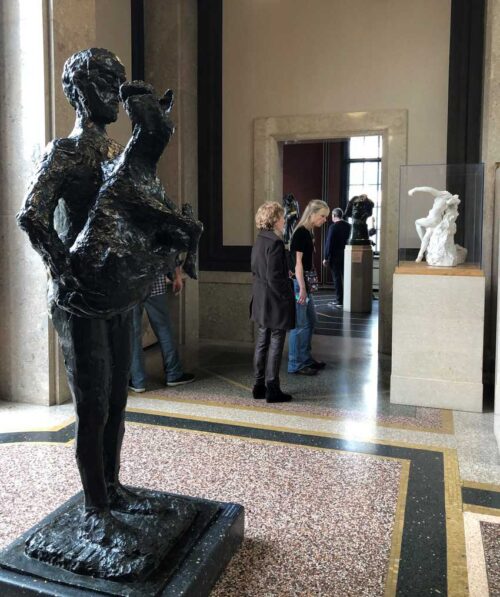
In the Second Gallery
In the second gallery were Rodin’s bronzes done of political and artistic personages of that era, like Victor Hugo, George Bernard Shaw and most notably, Honore de Balzac. Commissioned by the Société des Gens de Lettres in 1891 to create a monument to the memory of the great French novelist and playwright, Rodin spent all of seven years in his quest to make the perfect memorial only to be rejected by the society at its completion.
So the cast stayed at Rodin’s home and was first cast in bronze 22 years after his death. Along with Rodin, the galleries also display works in bronze of other European sculptors. “Man with a Lamb” by Pablo Picasso is prominent in the first gallery, sculpted by him during the last years of WWII.
The Rodin Museum is at 2151 Benjamin Franklin Parkway. Open Wednesday to Monday, 10am-5pm. Pay what you wish admission.
Philadelphia’s City Hall, an Architectural Marvel
To round out our French-inspired sightseeing, we made a stop at City Hall, a majestic building that has to be seen to be believed.
Built in the French Second Empire Baroque style, (Louvre in Paris is an example)which was highly popular in the latter half of the 19th century, it brings to mind an elaborately decorated wedding cake.

The Philadelphia City Hall is the largest municipal building in the country and is also the tallest masonry structure in the world as it has no steel or iron framing and is built entirely out of bricks, marble, and granite. It also stands at the center of William Penn’s original city plan from 1682.
I craned my neck upwards to catch a glimpse of William Penn atop the 548-foot clock tower and instead noticed the four colossal bronze sculptures and the four gigantic bronze eagles that decorate the façade near the top of the tower, one on the lookout on each side.
We spent time at the base of the building, constructed out of solid granite to support the massive weight of the structure on top. Somehow the experience of standing underneath the gargantuan columns with heavily carved capitals and walls bedecked with sculptures and decorations by Alexander Milne Calder, grandfather of Alexander Calder made me think of being inside an Egyptian pyramid.
Tours are available: website
The Philadelphia Train Station
The next day, starting our return journey back home, I experienced the final French connection of Philadelphia at the 30th Street Station. Outside, the station is grand with its Neoclassical exterior and an enormous porte-cochere. Inside, the main concourse has five-story windows and 95-foot-high coffered ceilings decorated with Art Deco touches and lighted with classic Art Deco chandeliers.
I came back with a new awareness of the city where America was created being an unambiguous ally of the French capital. And isn’t that what travel is meant for?
 Susmita Sengupta, an architect by background, from New York City, loves to travel with her family. Her articles have been published on GoNOMAD, Travel Thru History, Go World Travel, Travel Signposts and In The Know Traveler.
Susmita Sengupta, an architect by background, from New York City, loves to travel with her family. Her articles have been published on GoNOMAD, Travel Thru History, Go World Travel, Travel Signposts and In The Know Traveler.
- Saudi Arabia Might Be Your Next Getaway Spot - April 23, 2024
- Mongolia, the Land of Eternal Blue Sky - April 20, 2024
- These 9 U.S. National Parks Require Reservations in 2024 - April 17, 2024



